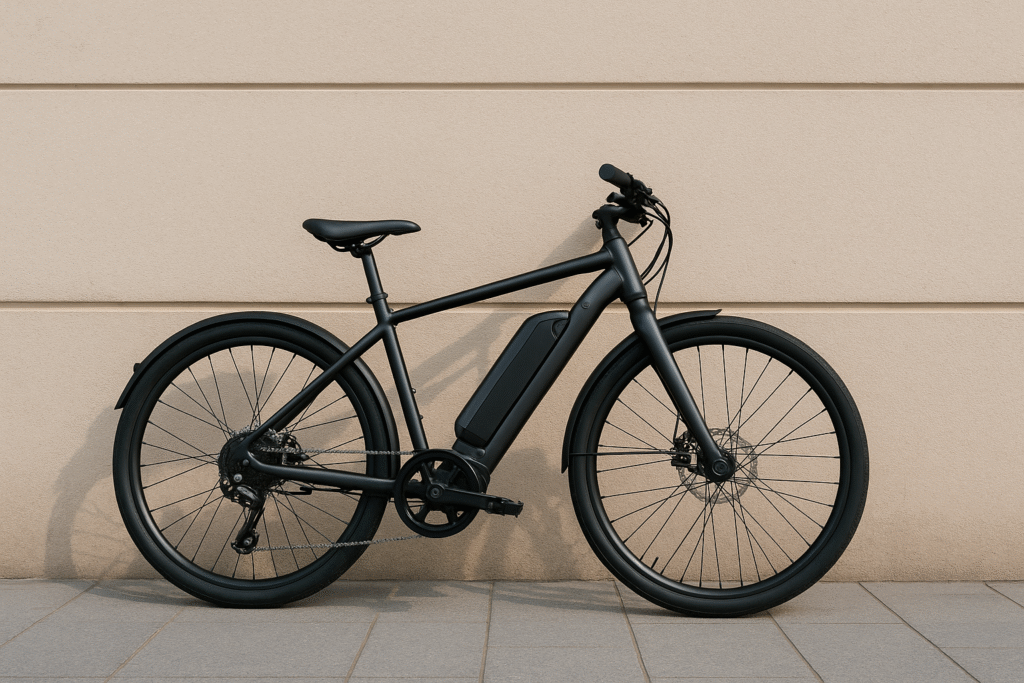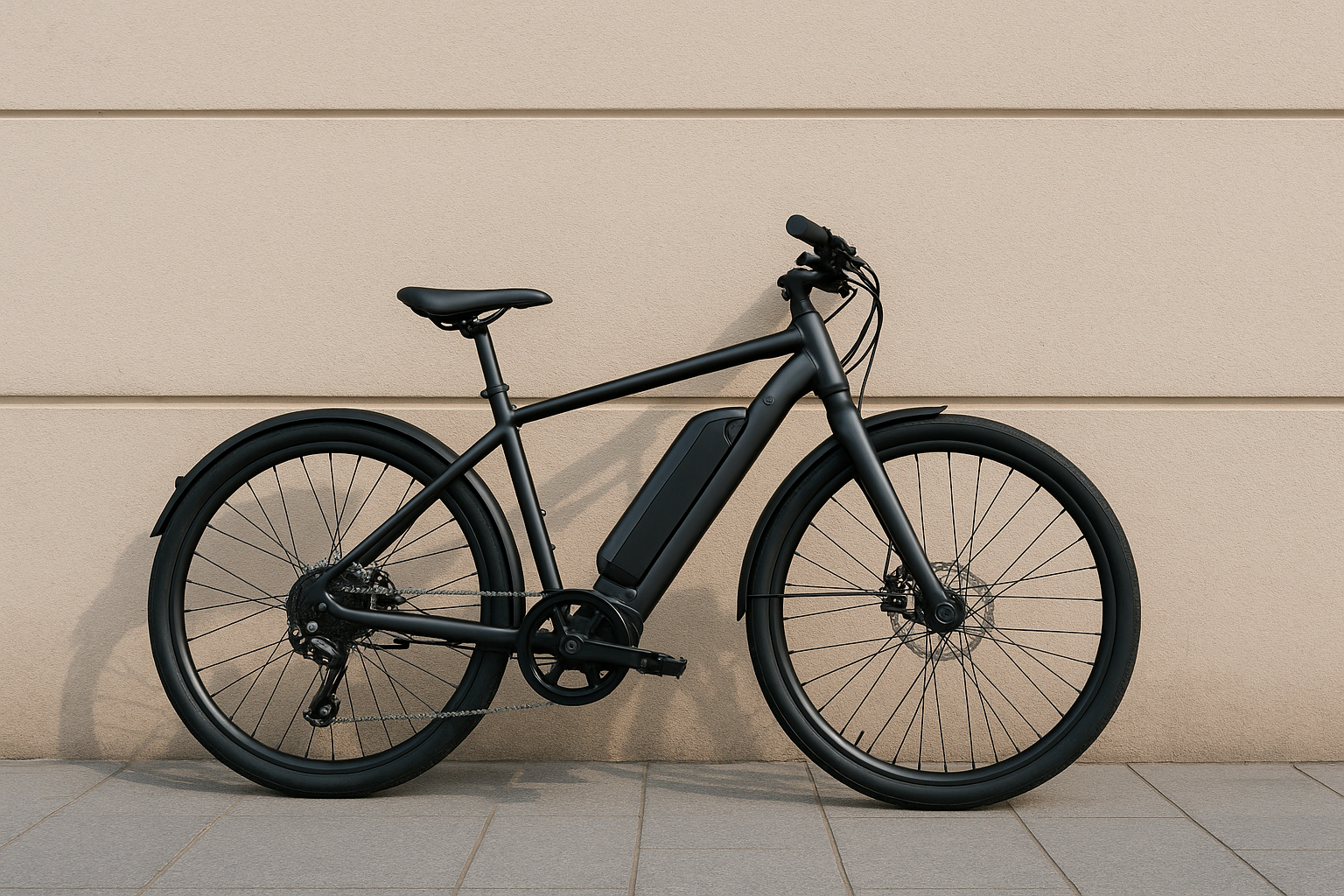
Electric bikes, or e-bikes, combine the mechanics of a traditional bicycle with an electric propulsion system to offer a smoother, easier, and often faster ride. They are becoming increasingly popular in the UK as a practical commuting option and a fun leisure activity, offering a sweat-free ride even on hills or windy days. Understanding how these machines work can help you make an informed buying decision and maintain your e-bike more effectively.
Key Components of an Electric Bike
Battery
The battery is the power source of an electric bike. Typically mounted on the downtube or rear rack, most modern e-bikes use lithium-ion batteries due to their high energy density and long life span. Battery capacity is measured in watt-hours (Wh), and it determines the potential range of the bike. A 500Wh battery, for instance, might provide between 30 to 70 miles of assistance depending on rider weight, terrain, and level of pedal assistance.
Motor
The motor provides the assistance that makes riding an e-bike less effort-intensive. Motors are typically either hub-drive or mid-drive. Hub-drive motors are built into the wheel hub, delivering power directly to the wheel, while mid-drive motors are located near the crankset and provide power directly through the drivetrain. Mid-drive motors are often preferred for better hill-climbing ability and more natural ride feel, although hub motors tend to be quieter and more affordable.
Controller
The controller is the brain of the e-bike, managing power delivery from the battery to the motor. It interprets input from the rider via sensors and display settings and determines how much power to send to the motor. The controller ensures smooth operation and protects the electrical system from overheating or overexertion.
Sensors
Electric bikes rely on sensors to decide when and how much assistance to provide. There are two main types: cadence sensors and torque sensors. Cadence sensors detect when you are pedalling and activate the motor accordingly. Torque sensors measure how hard you are pedalling and adjust the power output proportionally, delivering a more intuitive and responsive riding experience.
Display and User Interface
The display, usually mounted on the handlebars, allows the rider to monitor and control the bike’s settings. It typically shows speed, battery level, distance travelled, and current power mode. Some advanced models offer GPS, app connectivity, and ride diagnostics.
How the System Works Together
When you switch on the e-bike, the battery powers up the display and the controller. As you begin to pedal, sensors detect your input and send signals to the controller. Depending on your chosen assist level, the controller draws the appropriate amount of power from the battery and delivers it to the motor. The motor then assists your pedalling effort, making it easier to ride faster or climb inclines without excessive exertion.
This system is designed to be seamless, with high-end bikes offering assistance so smooth that the transition between human and electric power is virtually unnoticeable. Lower-end systems may feel more abrupt but still provide a significant boost over conventional cycling.
Pedal-Assist vs Throttle-Controlled E-Bikes
Most e-bikes sold in the UK feature pedal-assist systems (also known as Pedelecs). These only provide motor assistance when the rider is actively pedalling. You can typically choose from multiple assist levels, allowing you to fine-tune how much help you receive based on the terrain or your desired effort level.
Throttle-controlled e-bikes, which allow you to engage the motor without pedalling, are less common and fall into a different regulatory category in the UK. These bikes may be classified as mopeds and require registration, insurance, and a driving licence.
Advanced Features in Modern E-Bikes
Modern electric bikes are increasingly sophisticated, offering features beyond basic power assistance. Smart displays can connect to your smartphone to provide navigation, ride tracking, and firmware updates. Some e-bikes include built-in lighting systems, electronic gear shifting, and anti-theft tracking. Regenerative braking, though rare in bicycles, is a feature on some premium models, feeding small amounts of energy back into the battery during descents or braking.
Benefits for Riders
The main benefit of an electric bike is the reduced effort required to ride. This opens up cycling to a wider range of people, including those with limited mobility or fitness. Hills and headwinds become much less daunting, and longer distances can be tackled with ease.
Electric bikes also make commuting more practical. Riders can arrive at their destination sweat-free and in less time than on a conventional bike, often with lower costs and less hassle than driving or public transport. Additionally, many riders appreciate the added confidence and safety of being able to accelerate quickly or maintain consistent speeds in traffic.
Summary
Electric bikes work through a harmonious integration of battery power, motors, sensors, and controllers, all orchestrated to assist the rider’s effort. Whether climbing steep hills, navigating city streets, or exploring country trails, an e-bike adapts to your input and enhances your ride experience. With new technologies emerging in battery life, motor efficiency, and smart integration, electric bikes are more capable and accessible than ever before.
Whether you’re new to cycling or a seasoned rider looking to extend your range, understanding how e-bikes work is the first step in making a smart and satisfying investment in your mobility.
To read our reviews, check our page on the best electric bikes.


